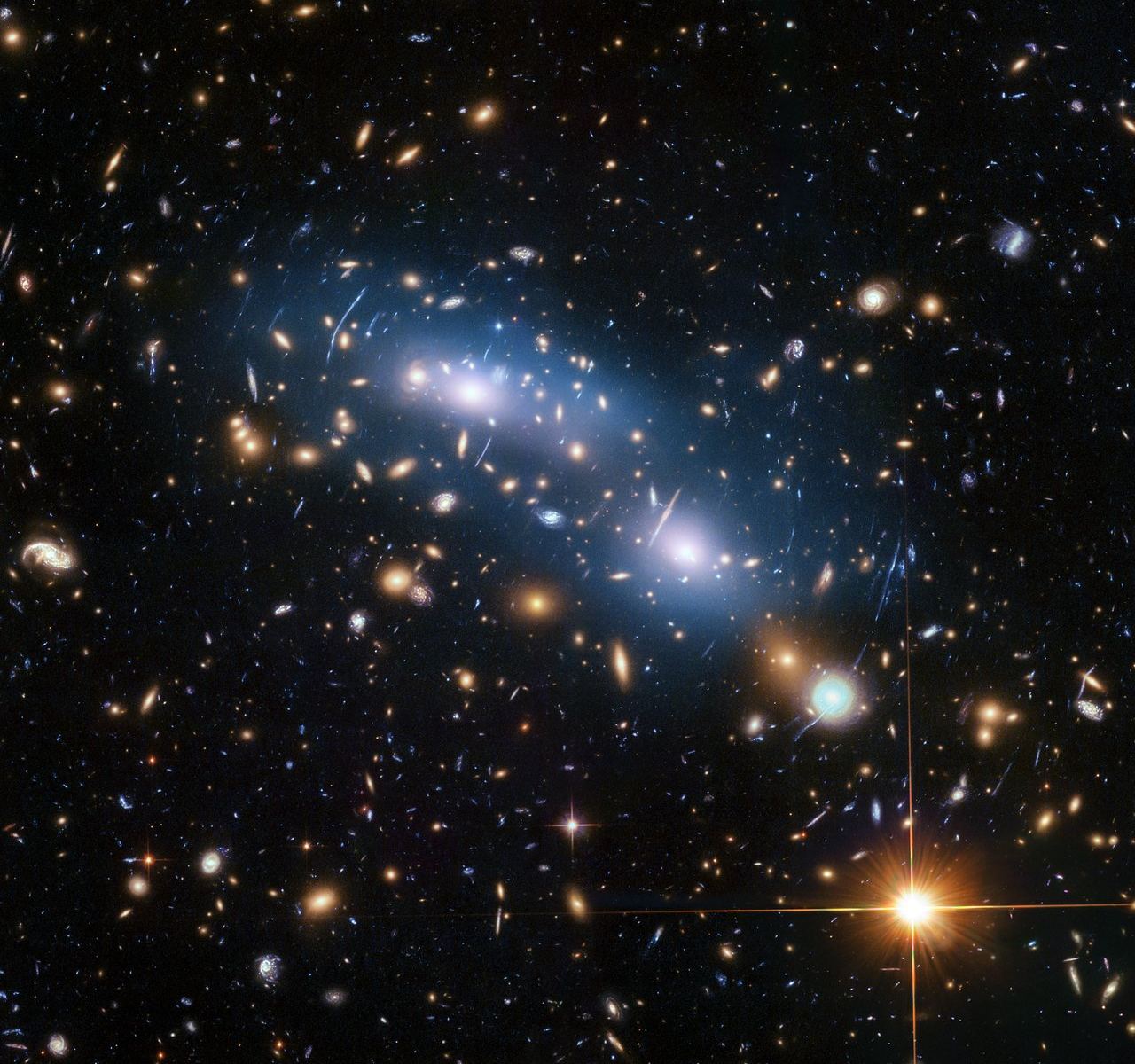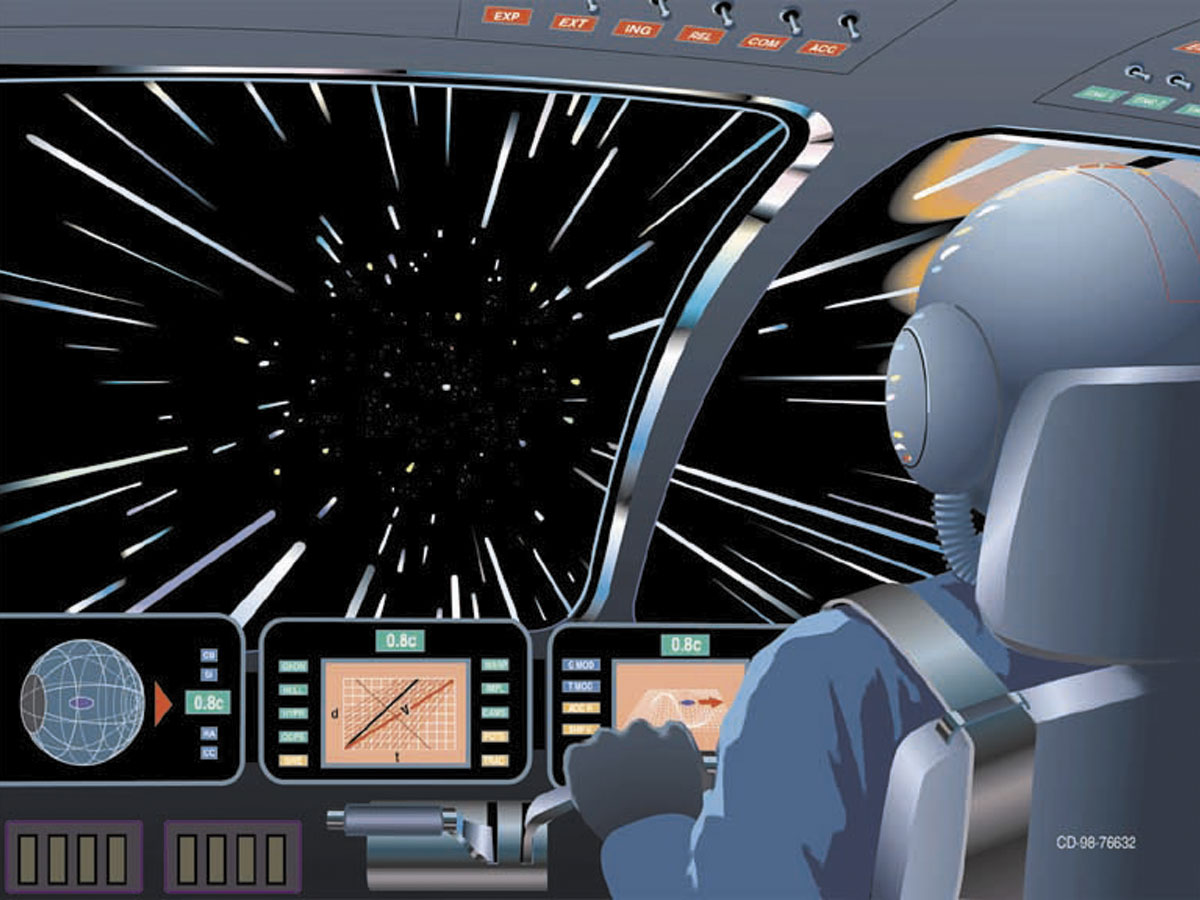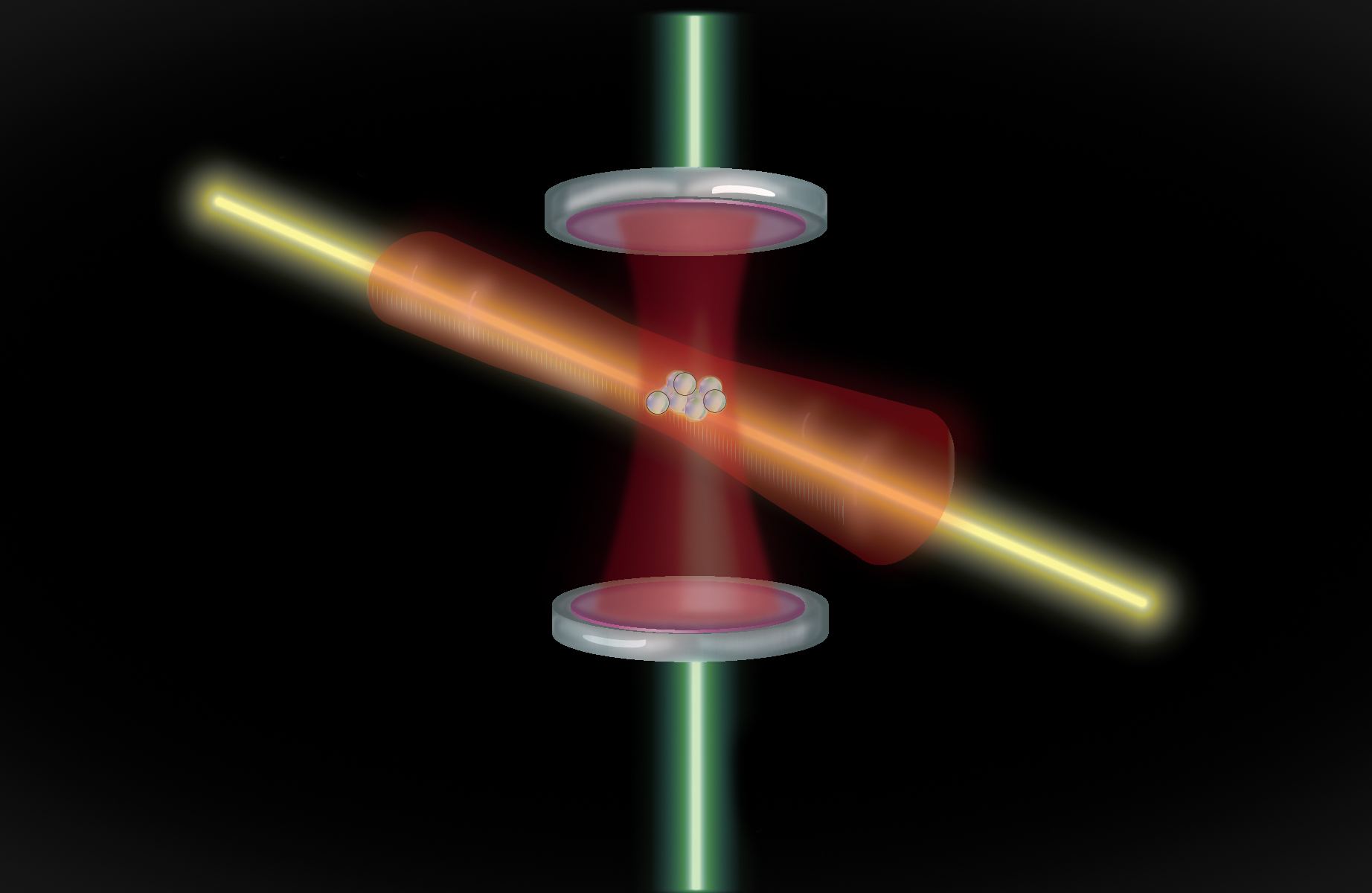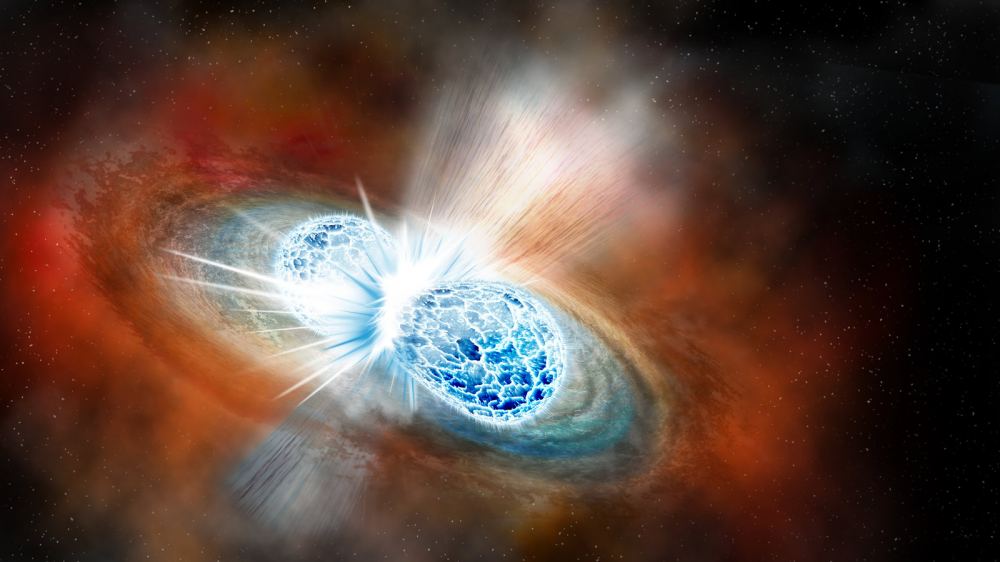Special relativity is one of the most strongly validated theories humanity has ever devised. It is central to everything from space travel and GPS to our electrical power grid. Central to relativity is the fact that the speed of light in a vacuum is an absolute constant. The problem is, that fact has never been proven.
Continue reading “There's no way to Measure the Speed of Light in a Single Direction”New Data Supports the Modified Gravity Explanation for Dark Matter, Much to the Surprise of the Researchers
Dark matter is an extremely good theory. It’s supported by a wealth of observational and computational data, which is why it’s part of the standard model of cosmology. But dark matter hasn’t been directly observed, so sometimes even strong supporters of dark matter are motivated to look at the alternatives.
Continue reading “New Data Supports the Modified Gravity Explanation for Dark Matter, Much to the Surprise of the Researchers”A new Type of Atomic Clock Uses Entangled Atoms. At Most, it Would be off by 100 Milliseconds Since the Beginning of the Universe
Measuring time is about counting steps. Whether it’s the drip-drip of a water clock, the tic-toc of a mechanical clock, or the oscillating crystal of a quartz watch. Any accurate timepiece is built around counting the steps of something regular and periodic. Nothing is perfectly regular, so no clock keeps perfect time, but our timepieces are getting very, very accurate.
Continue reading “A new Type of Atomic Clock Uses Entangled Atoms. At Most, it Would be off by 100 Milliseconds Since the Beginning of the Universe”Neutrinos Have Played a Huge Role in the Evolution of the Universe
It’s often said that we haven’t yet detected dark matter particles. That isn’t quite true. We haven’t detected the particles that comprise cold dark matter, but we have detected neutrinos. Neutrinos have mass and don’t interact strongly with light, so they are a form of dark matter. While they don’t solve the mystery of dark matter, they do play a role in the shape and evolution of our universe.
Continue reading “Neutrinos Have Played a Huge Role in the Evolution of the Universe”One of These Pictures Is the Brain, the Other is the Universe. Can You Tell Which is Which?

“Science is not only compatible with spirituality; it is a profound source of spirituality. When we recognize our place in an immensity of light years and in the passage of ages, when we grasp the intricacy, beauty and subtlety of life, then that soaring feeling, that sense of elation and humility combined, is surely spiritual.” – Carl Sagan “The Demon-Haunted World.”
Learning about the Universe, I’ve felt spiritual moments, as Sagan describes them, as I better understand my connection to the wider everything. Like when I first learned that I was literally made of the ashes of the stars – the atoms in my body spread into the eternal ether by supernovae. Another spiritual moment was seeing this image for the first time:

Gravitational lenses could be the key to measuring the expansion rate of the Universe
One of the tenets of our cosmological model is that the universe is expanding. For reasons we still don’t fully understand, space itself is stretching over time. It’s a strange idea to wrap your head around, but the evidence for it is conclusive. It is not simply that galaxies appear to be moving away from us, as seen by their redshift. Distant galaxies also appear larger than they should due to cosmic expansion. They are also distributed in superclusters separated by large voids. Then there is the cosmic microwave background, where even its small fluctuations in temperature confirm cosmic expansion.
Continue reading “Gravitational lenses could be the key to measuring the expansion rate of the Universe”Matter makes up exactly 31.5±1.3% of the Universe

Weighing the universe is a tricky task, but a team of astronomers have used a clever technique to measure how many galaxy clusters are in the cosmos, and from there come up with a total amount of matter. The answer: 31.5±1.3% of all the energy in the universe.
Continue reading “Matter makes up exactly 31.5±1.3% of the Universe”Gravitational-Wave Lensing is Possible, but it’s Going to be Incredibly Difficult to Detect

Gravity is a strange thing. In our everyday lives, we think of it as a force. It pulls us to the Earth and holds planets in orbits around their stars. But gravity isn’t a force. It is a warping of space and time that bends the trajectory of objects. Throw a ball in deep space, and it moves in a straight line following Newton’s First Law of Motion. Throw the same ball near the Earth’s surface, and it follows a parabolic trajectory caused by Earth’s warping of spacetime around it.
Continue reading “Gravitational-Wave Lensing is Possible, but it’s Going to be Incredibly Difficult to Detect”Colliding Neutron Stars Don’t Make Enough Gold to Explain What We See in the Universe
In the beginning, the universe created three elements: hydrogen, helium, and lithium. There isn’t much you can do with these simple elements, other than to let gravity collapse them into stars, galaxies, and black holes. But stars have the power of alchemy. Within their hearts, they can fuse these elements into new ones. Carbon, nitrogen, oxygen, and others, all up to the heavy element of iron. When these first stars exploded, they scattered the new elements across the cosmos, creating planets, new stars, and even us.
Continue reading “Colliding Neutron Stars Don’t Make Enough Gold to Explain What We See in the Universe”New Simulation Shows Exactly What Dark Matter Would Look Like If We Could See It
How do you study something invisible? This is a challenge that faces astronomers who study dark matter. Although dark matter comprises 85% of all matter in the universe, it doesn’t interact with light. It can only be seen through the gravitational influence it has on light and other matter. To make matters worse, efforts to directly detect dark matter on Earth have been unsuccessful so far.
Continue reading “New Simulation Shows Exactly What Dark Matter Would Look Like If We Could See It”






